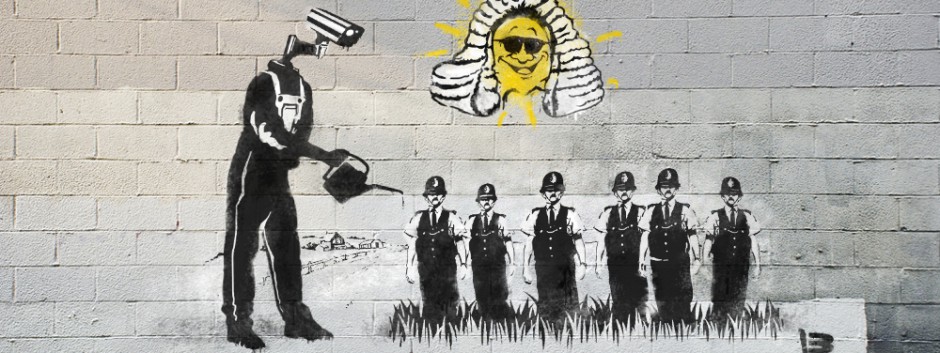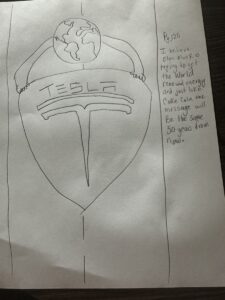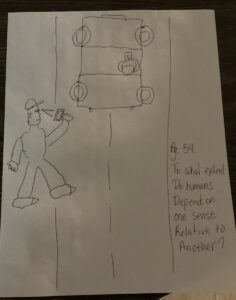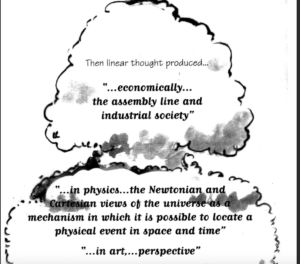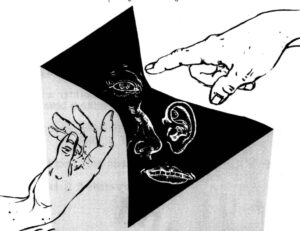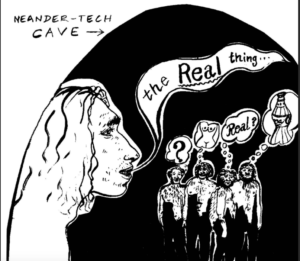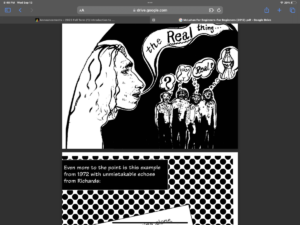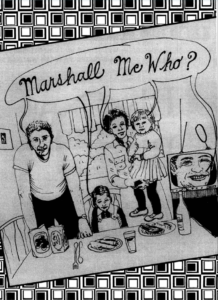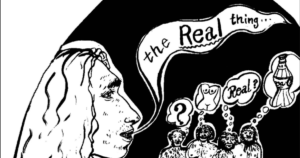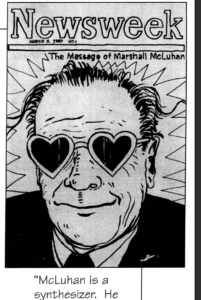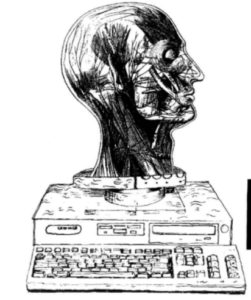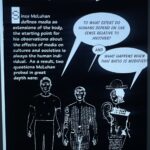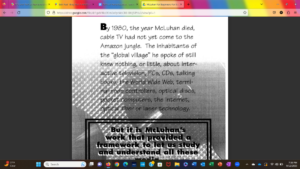Some ideas that I want to present in my essay is elaborating my thoughts to more of a general audience. I wrote my introduction based off of those who know about McLuhan and the type of philosopher he was and the prompt presented. I will also introduce who McLuhan is as I used his ideas and quotes. I will also work on demonstrating a flow like essay where ideas, concepts, research and more are presented as I want it to be. Lastly, looking at the feedback from my last paper also helps me revise and fix occurring mistakes in my writing.
Primary Texts Fall 2023
- Alan Jakobs: After Technopoly
- Bolter: The Electronic Book
- Bolter: Writing as Technology
- Coover: The End of Books
- Critical Art Ensemble: Nomadic Power and Cultural Resistance
- deLeon: Technological Warfare
- Haraway: Cyborg Manifesto
- McLuhan for Beginners
- Neil Postman: Technopoly: The Surrender of Culture to Technology
- Postman: Five Things We Need to Know about Technological Change
- Pratt: Arts of the Contact Zone
- Routledge Companion to Remix Studies
- Silko: Border Patrol
- Trask: From a Native Daughter
- Turkle: Video Games and Holding Power
- Wanono: Detournement as a Premise for Remix
Ulmer
Authors Fall 2023
Authors Fall 22
Online Readings
- A Message from the Future II: The Years of Repair
- A Message from the Future with Alexandria Ocasio Cortez
- Ain't No Walls behind the Sky, Baby! Funk, Flight, Freedom
- Digital Latinx Storytelling: testimonio as Multimodal Resistance
- Jenkins: What do you mean by Culture Jamming? Part 1
- Jenkins: What do you mean by Culture Jamming? Part 2
- Not the King: Cantando el Himno Nacional de los Estados Unidos
- Postman: Five Things We Need to Know about Technological Change
- Pranking Rhetoric: “Culture Jamming” as Media Activism
- Soundwriting and Resistance: Toward a Pedagogy for Liberation
- The Sixth Extinction? (New Yorker)
- The Ulmer Tapes
Soundwritings
Surveillance
- Blinding the Cyclops—Wrecking the Panopticon Camera Hunting in the Metropolis
- Growth in surveillance may be hard to scale back after pandemic, experts say
- The Convenience-Surveillance Tradeoff
- The Employer-Surveillance State
- The goal is to automate us': welcome to the age of surveillance capitalism
- The Three Major Forms of Surveillance on Facebook
- Under digital surveillance: how American schools spy on millions of kids
Films
Sites
- Ambient Information Systems
- Autonomous University
- Beautiful Trouble
- Billboard Liberation Organization
- Bureau of Inverse Technology
- Copwatch
- Critical Art Program, City College
- Digital Manifestos
- Essential Information
- Hollaback (street harassment)
- Institute for Applied Autonomy
- NYC Surveillance Camera
- Public Sphere Project
- Souveillance course syllabus
- Tactical Media Course Syllabus
- The surveillance camera players
- The Yes Men
- UN Human Rights Issues
-
Recent Posts
Recent Comments
- Jetmir Selami on blog #11 draft
- Jetmir Selami on blog #11 draft
- Jetmir Selami on culture jam draft
- Nino on Culture Jam Draft
- Robert Lestón on Blog #11: Culture Jams Draft
Archives
- December 2023
- November 2023
- October 2023
- September 2023
- February 2023
- December 2022
- November 2022
- October 2022
- September 2022
- August 2022
- May 2016
- April 2016
- March 2016
- February 2016
- December 2015
- November 2015
- October 2015
- September 2015
- August 2015
- May 2015
- April 2015
- March 2015
- February 2015
- June 2011
Categories
Meta
